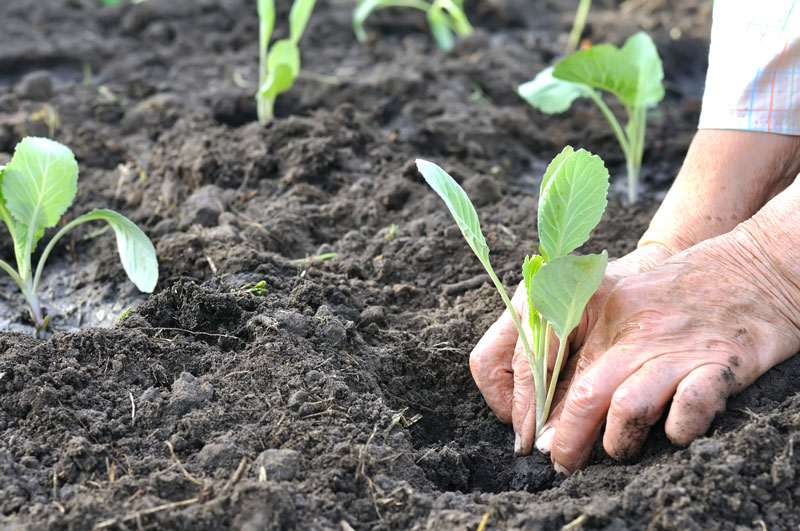
Cabbage is one of many vegetables you can plant in a shady spot in your garden. Keep reading for more options.
It is definitely gardening season.
Thank you to everyone who has emailed us with questions and comments. Please feel free to continue emailing us with both questions and your discoveries. There are a few that we would like to share with all.
Shaded garden
Darin from Bertram asks: I have extended our garden area to include some shady spots. What are some vegetables/herbs that thrive in partial sun, shady area?
Darin, here is a list of garden items that you can plant in the shady section of your garden: arugula, asparagus, basil, beets, broccoli, Brussel sprouts, bush beans, cabbage, carrots, catnip, cauliflower, chard (Swiss), celery, chives, endive, flag (sweet), garlic, garden cress, Germander, horseradish, kale, kohlrabi, leaf lettuce, leeks, lemon balm, mint, mustards, parsnips, parsley, peas, potatoes, radishes, rhubarb, rosemary, rutabagas, scallions, sorrel, spinach, summer squash, turnips, Valerian, watercress, woodruff (sweet).
How tall do they grow?
Samuel from Burnet asks: I read somewhere that you shouldn’t plant watermelon next to corn. Why would that matter?
Samuel, the reasoning is due to the height the corn will grow. Corn can grow up to 6 feet tall. Watermelon generally tops out at 1 foot. If the watermelon is planted close to the corn, because of the corn’s height, the watermelon would be in the shade. Watermelon plants prefer full sun. A few other plants that can create shade because of their height of 5-6 feet are snap or Lima bean poles and climbing okra. Broccoli, cauliflower, lavender, peppers, rosemary, and tomatoes can exceed 3 feet in height.
Perennial vs. annual herbs
Emily from Burnet asks: I’d like to grow some herbs this year. Are there herbs that will last through the year until next spring?
Herbs are fantastic to have in your garden. Some herbs you plant each year. Some are perennials lasting a long number of years. The difference between annuals and perennials is their life expectancy. An herb listed as annual generally will last only through the harvesting season, whereas a perennial herb will either stay green all year or return each year for our nasal and culinary enjoyment.
A few perennial herbs that we enjoy from year to year are chives, lavender (English is hardier than French), lemon balm, lovage, oregano, rosemary, sage, sorrel, spearmint, sweet cicely, tarragon and thyme.
To plant this month
Vegetables: tomatoes, Lima beans, snap beans, beets, chard, okra, black-eyed peas, radishes, New Zealand spinach, summer squash.
Herbs: anise, basil, bay, catnip, chives, costmary, cumin, fennel, fenugreek, scented geranium, Germander, horehound, horseradish, lamb’s ear, lavender, lemongrass, lemon verbena, Mexican mint marigold, oregano, perilla, rosemary, sage, Santolina, summer savory, winter savory, sesame, sorrel, southernwood, tansy, tarragon, thyme, wormwood.
Annual flower/ornamental seeds: ageratum, balsam, castor bean, celosia, cleome, coleus, coreopsis, cosmos, cypress vine, four o’clock, globe amaranth (Gomphrena), gourds, hyacinth bean vine, impatiens, marigold, moonflower vine, morning glory vine, periwinkle, sunflower, Tithonia (Mexican sunflower), zinnia.
Remember to journal or take notes of where you planted what.
Till next time. Keep your souls and soles in your garden!
Remember the True Master Gardener: Jesus said, “I am the vine; my Father is the Gardener.” John 15:1
Call Bill Luedecke at The Luedecke Group Realtors at 512-577-1463 or email him at bill@texasland.net. Contact Martelle at Luedecke Photography at 512-769-3179 or luedeckephotography@gmail.com.













